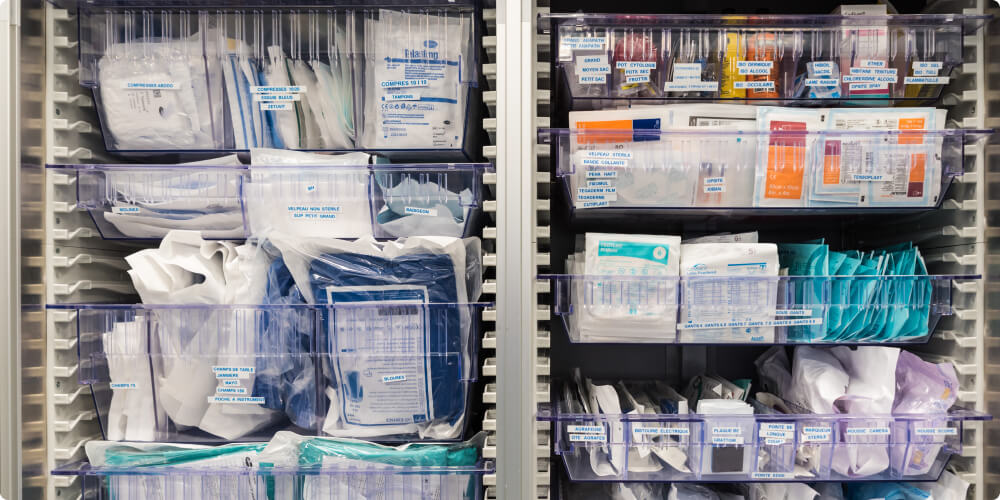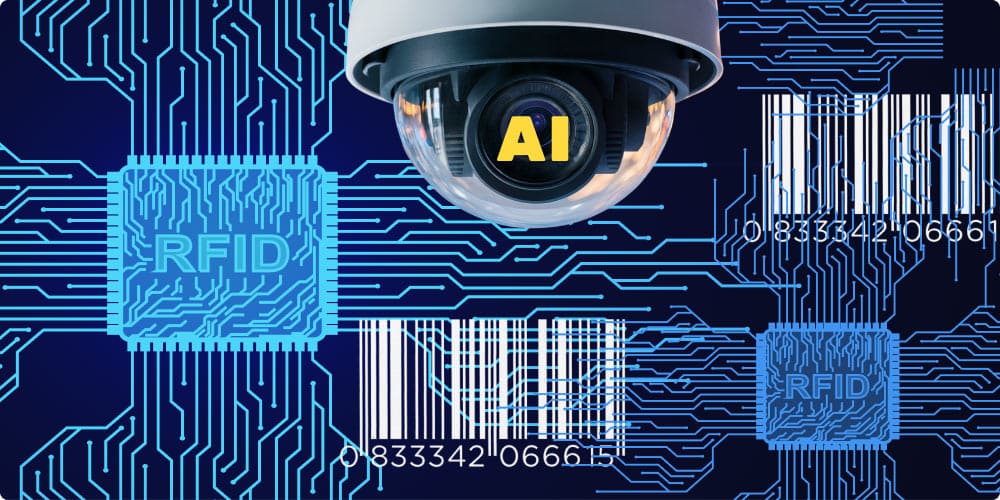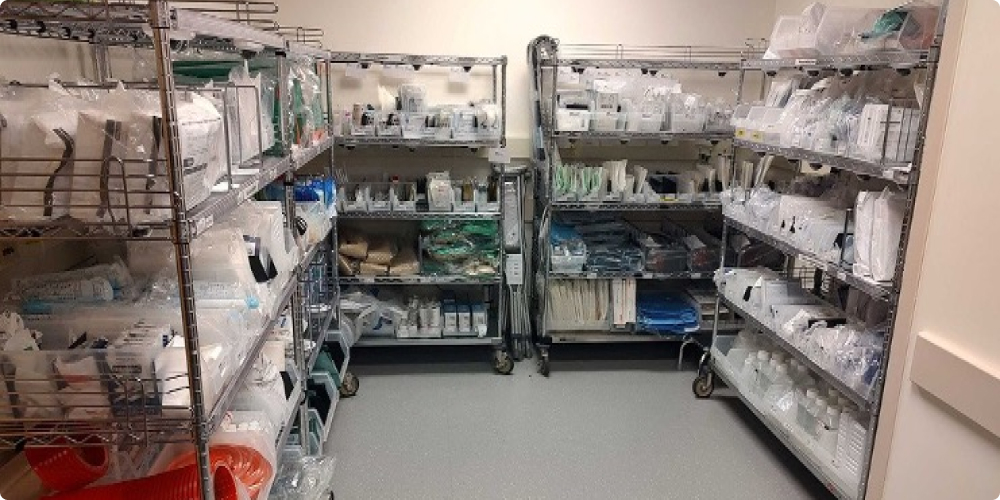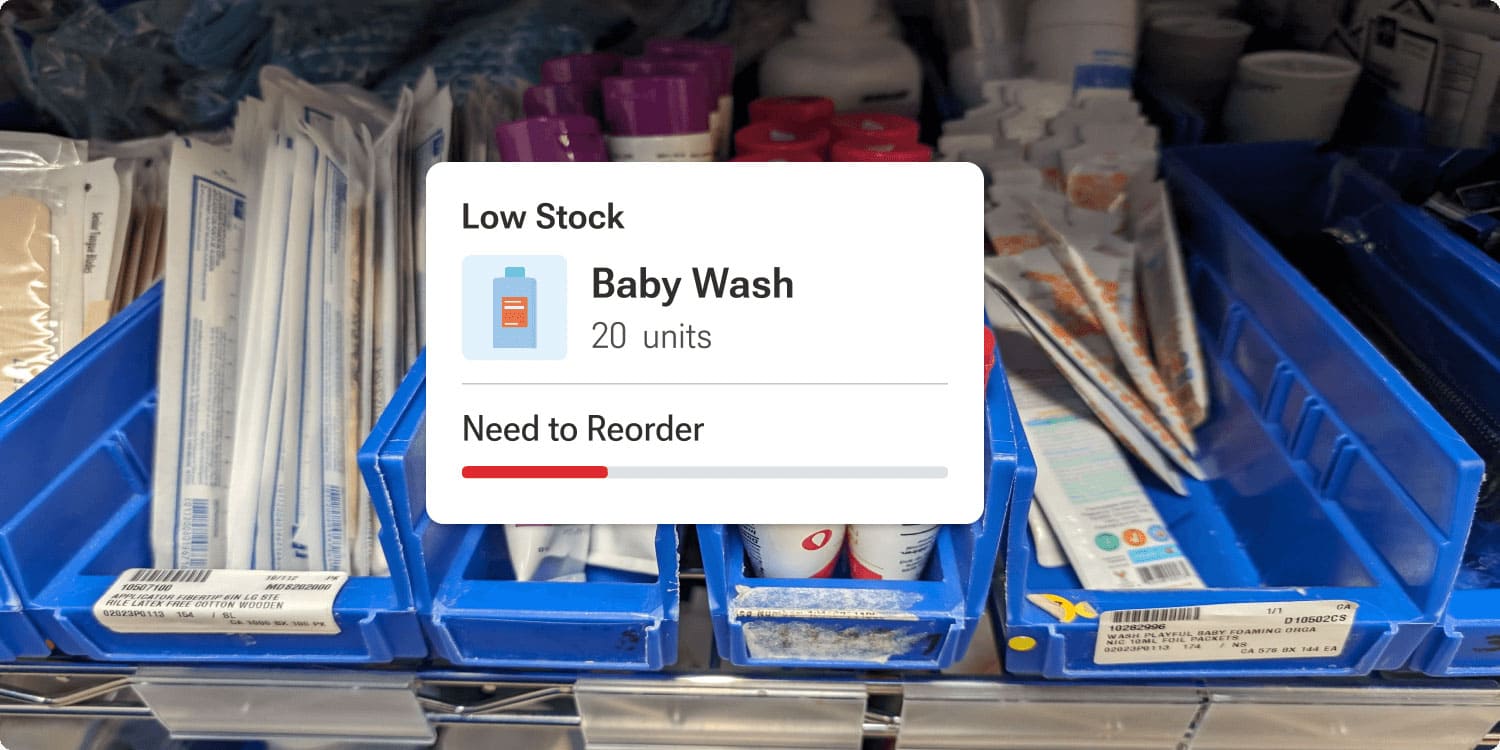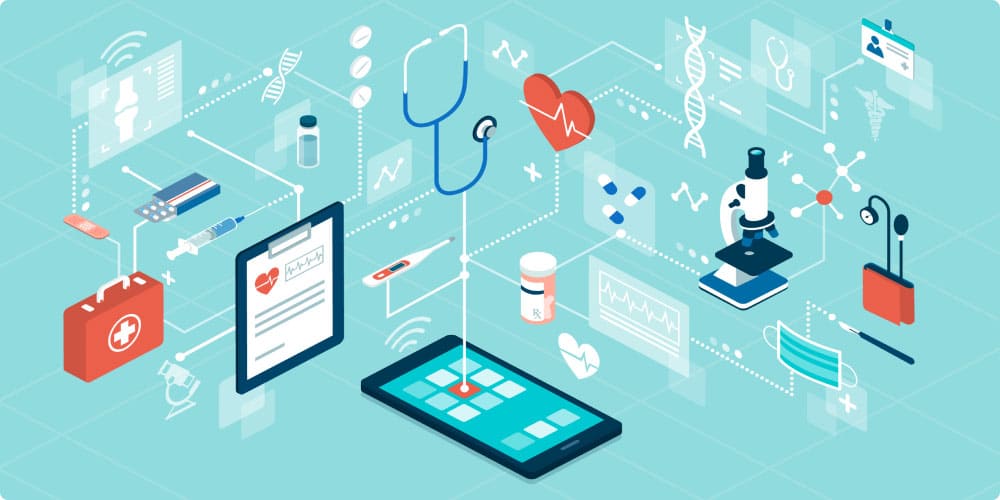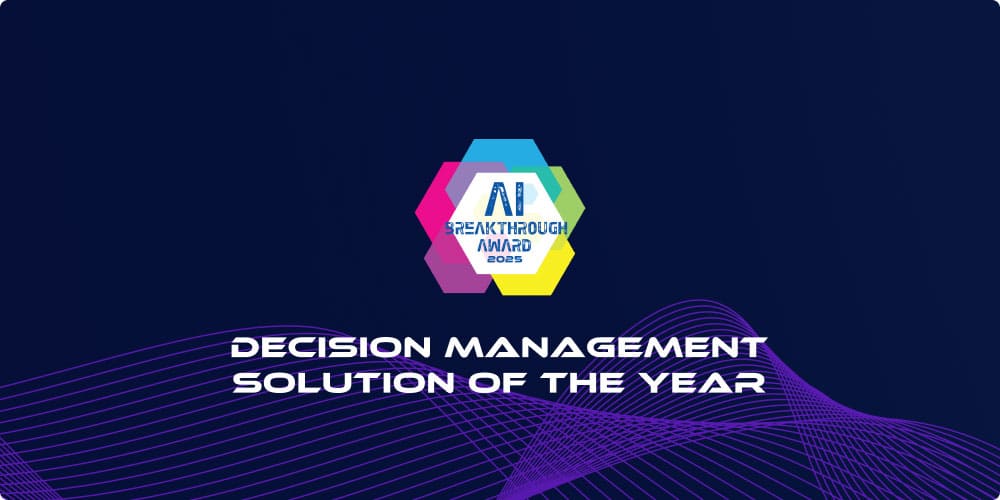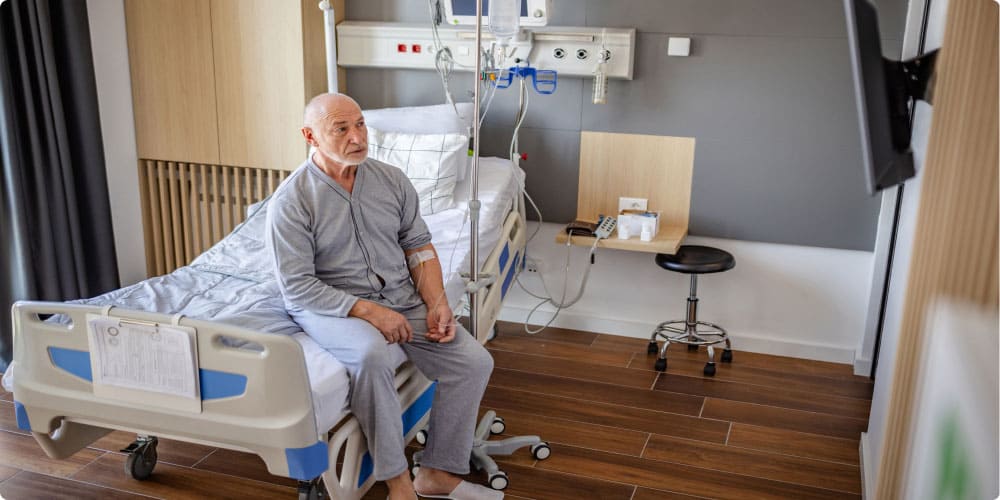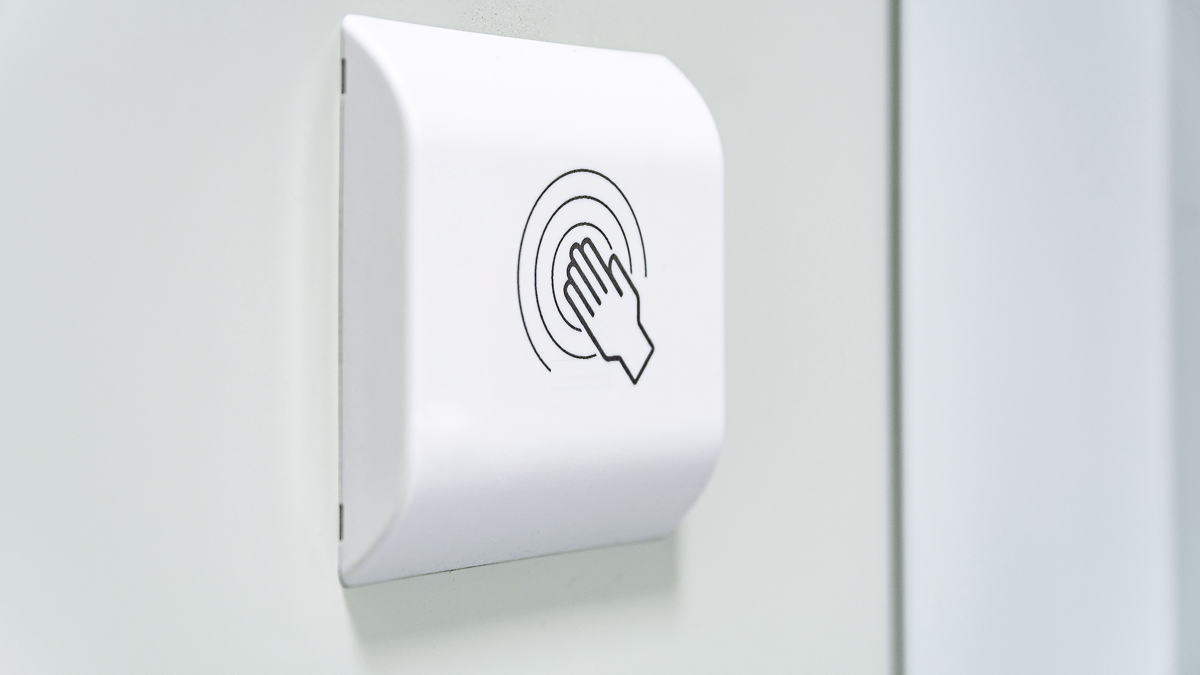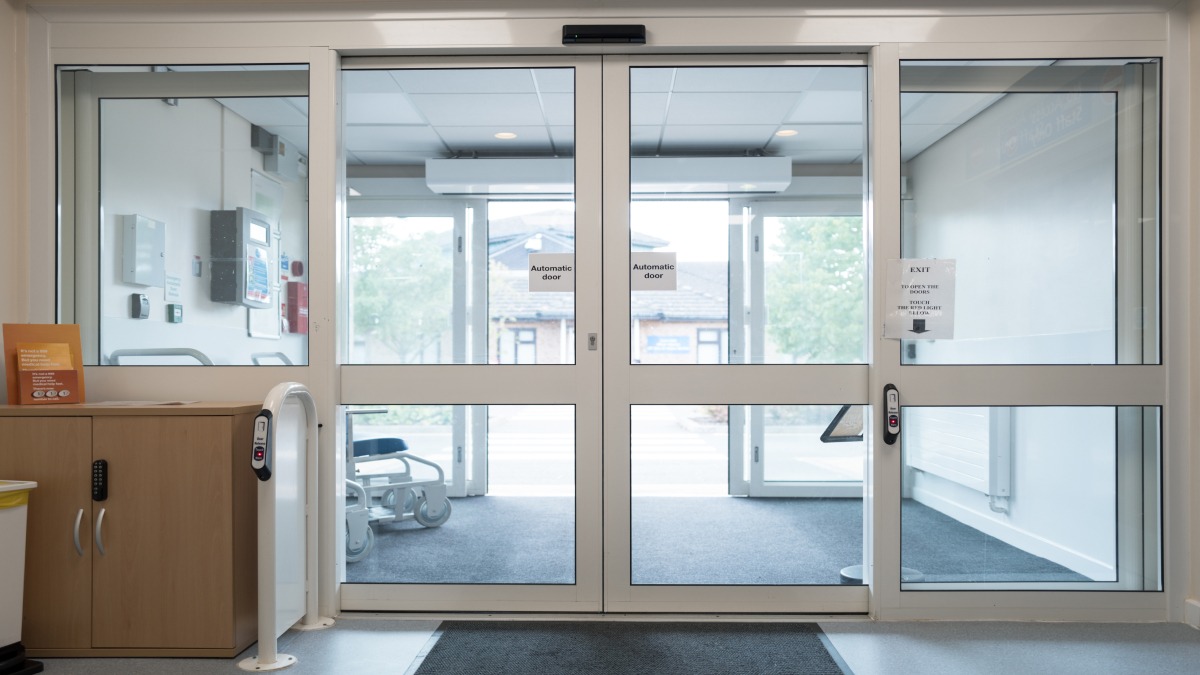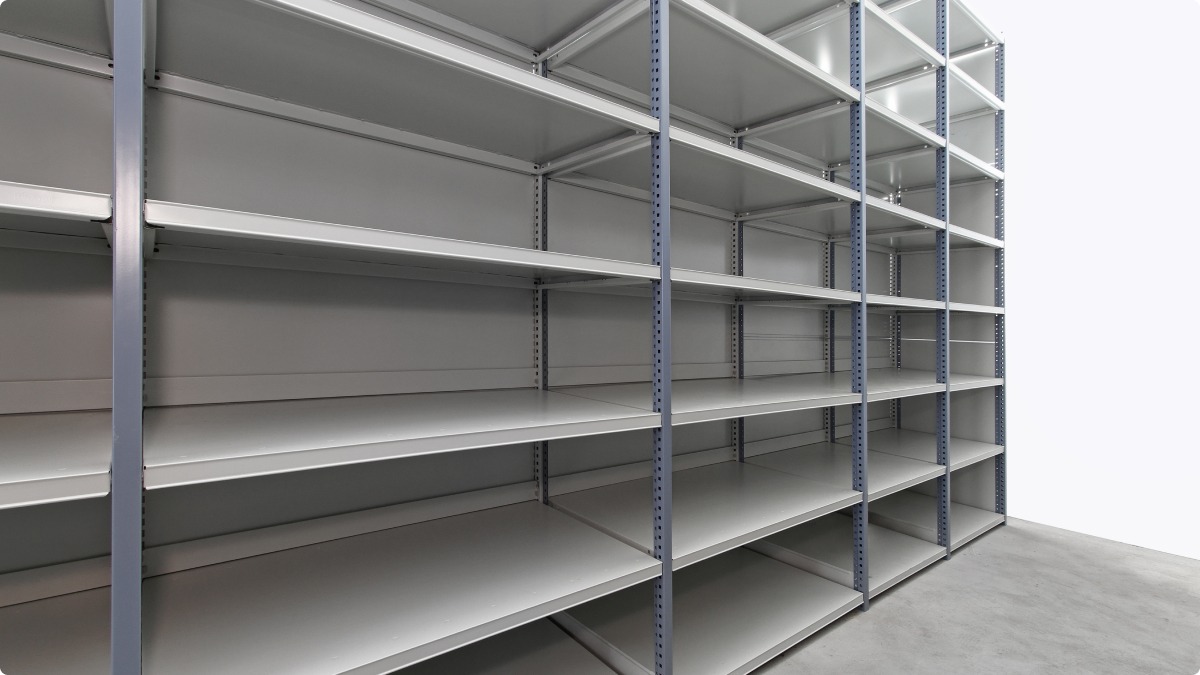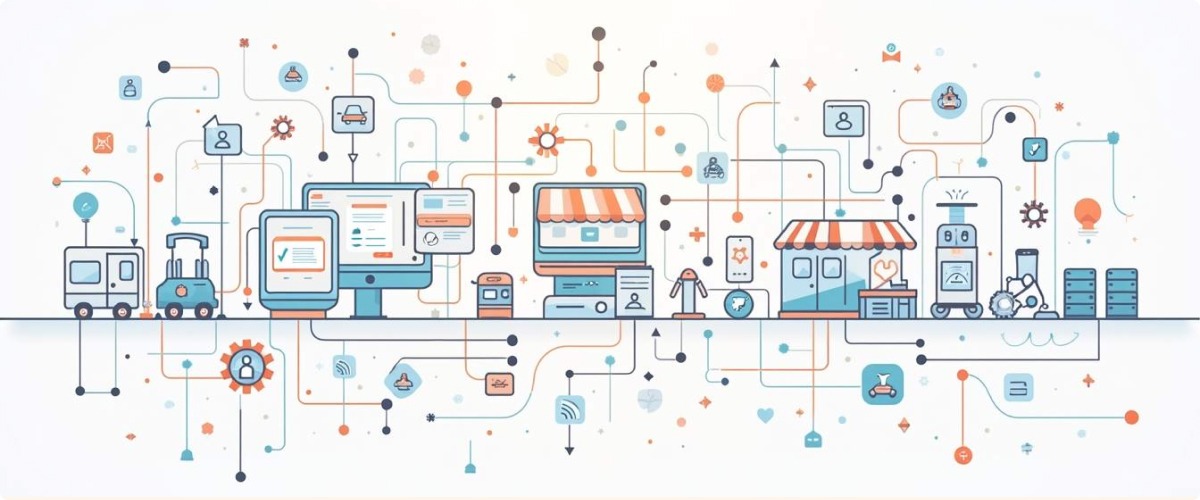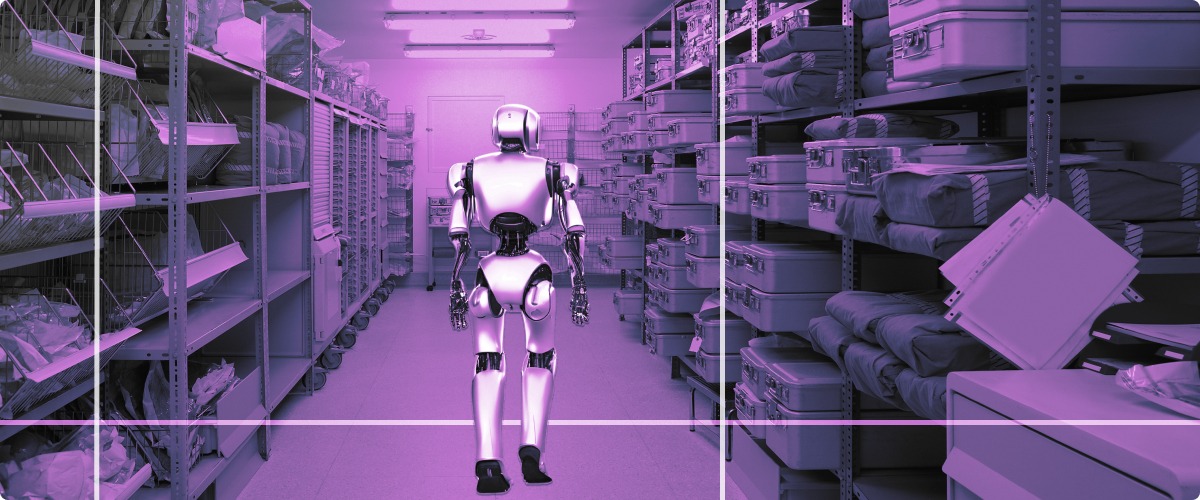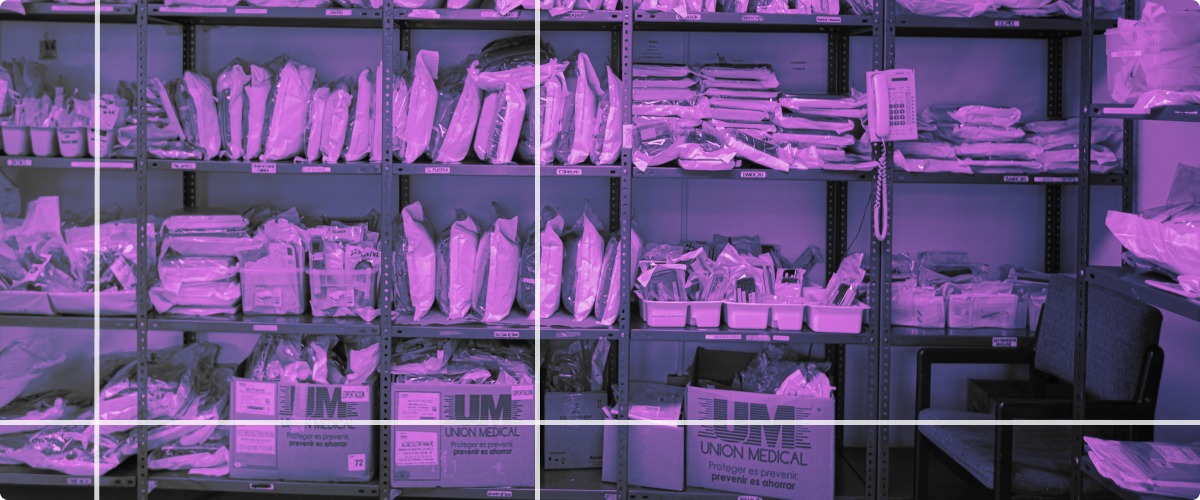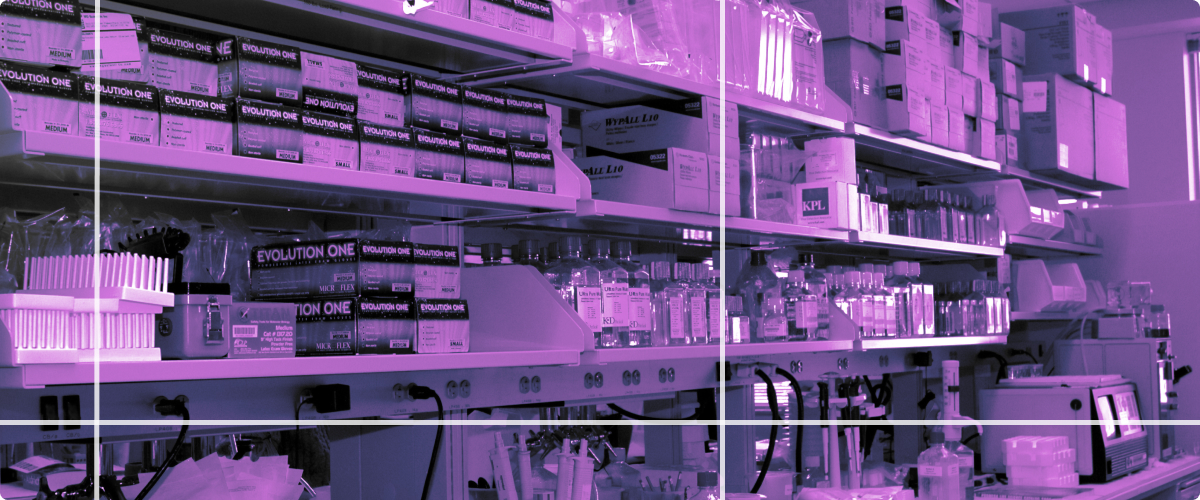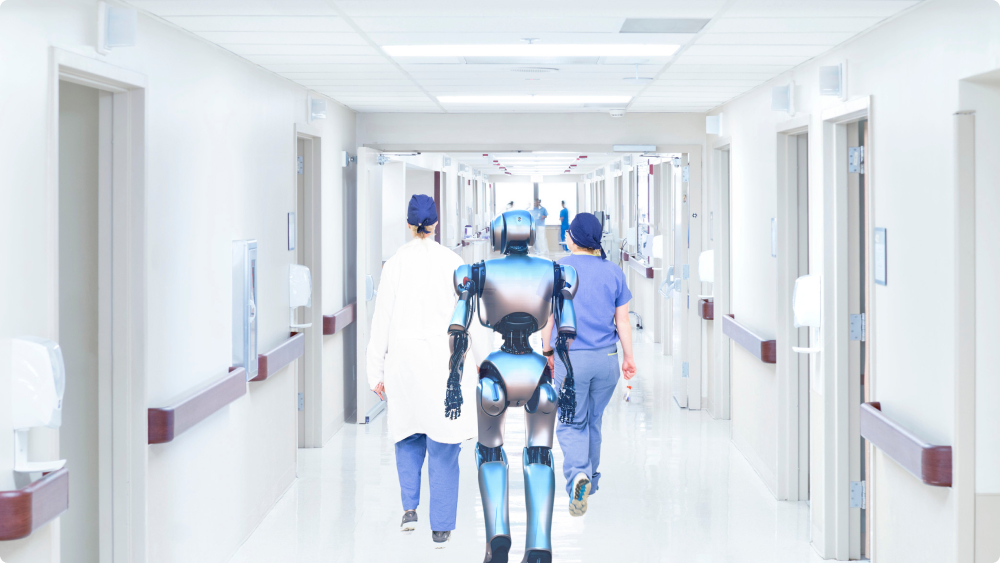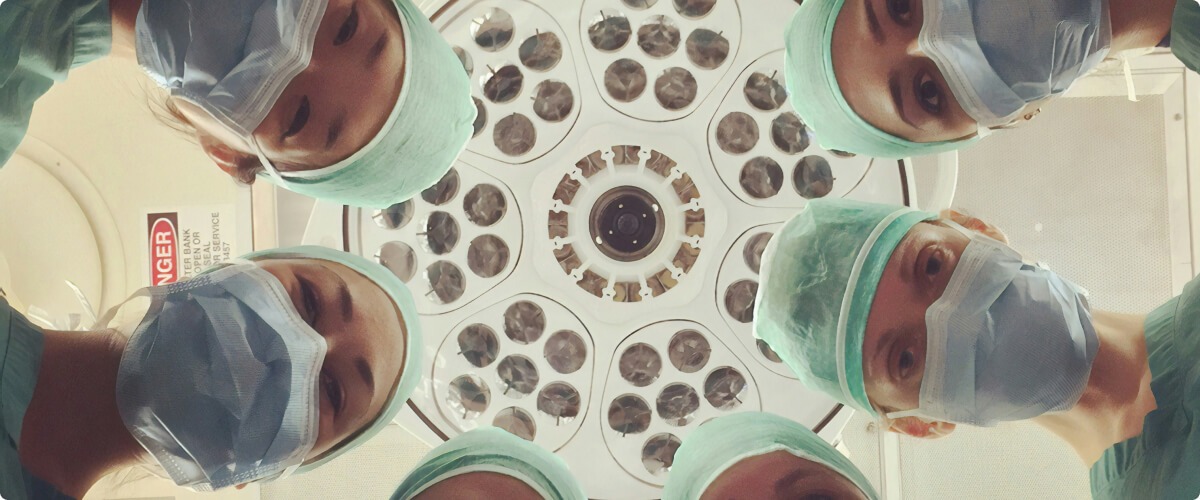Hospitals are under immense pressure to do more with less. Shrinking budgets, workforce shortages, and rising supply costs have pushed supply chain leaders to rethink how inventory is tracked, ordered, and replenished. For too long, healthcare supply chain management has depended on outdated tools and manual labor. It’s time for a shift.
AI is driving a new era of healthcare supply chain automation. With real-time visibility, predictive demand forecasting, and autonomous restocking workflows, AI is eliminating the friction, guesswork, and waste built into traditional systems.
A Complex System with No Margin for Error
Hospital supply chains are far more complex than most industries. A mid-sized hospital may manage 15,000 to 50,000 SKUs across operating rooms, storerooms, ICUs, pharmacies, and ambulatory clinics. The average health system oversees hundreds of PAR rooms, each with 300 to 400 items.
Despite this complexity, many hospitals still rely on barcode scanning, RFID cabinets, or even spreadsheets. These methods top out at 80 to 85 percent accuracy. That means thousands of items go unaccounted for every day. The result? Overstocking, stockouts, expired inventory, and an enormous waste of time and resources.
In fact, U.S. hospitals lose more than $5 billion each year due to expired, unused, or misplaced supplies. Clinicians can spend up to 25 percent of their time managing inventory instead of treating patients. For a system under pressure to deliver more efficient, high-quality care, this is unsustainable.
Why Traditional Methods are No Longer Enough
Legacy systems like RFID cabinets and weighted bins are costly, rigid, and often disconnected from real-time workflows. They require regular training, interrupt clinical routines, and generate inaccurate or delayed data. Some require significant capital investment with a three- to five-year payback period.
These methods may have been acceptable ten or twenty years ago, but they fall short of what hospitals need today. They don’t prevent stockouts because they lack real-time visibility into inventory levels and fail to signal demand until supplies are already low or gone. They don’t reduce clinician workload, as they often require manual scanning and oversight. And they certainly don’t generate predictive insights for smarter purchasing.
What AI Brings to the Table
AI-powered healthcare supply chain management combines computer vision, large language models, and autonomous workflows to deliver real-time, touchless inventory tracking. The technology sees what’s on the shelf, interprets usage patterns, and automatically generates restocking signals.
The most advanced AI systems now achieve 99% or better accuracy in detecting inventory levels without requiring manual scans. The result is zero-touch visibility across supply rooms, surgical suites, and critical care areas. Staff no longer need to waste time scanning barcodes, double-checking spreadsheets, or chasing down missing items.
Even more powerful is AI’s ability to generate predictive demand signals. Hospitals can move from reactive ordering to proactive replenishment—anticipating needs three to five days out based on real usage trends. This enables shorter supplier delivery cycles, tighter inventory levels, and fewer emergency shipments.
Proven ROI that Speaks to Executives
This isn’t just about technology for technology’s sake. AI-powered inventory systems deliver measurable, bottom-line results.
Hospitals using autonomous AI have reported:
- 65-75% reduction in staff time spent on scanning, counting, or reordering supplies
- 25-30% improvement in forecasting accuracy
- 10-15 % reduction in overall supply costs
- Up to 15% less storeroom inventory volume in the first 90 days
- Zero stockouts in high-performing deployments
And perhaps most compelling, for every $1 invested, hospitals are seeing between a $3.80 to $6.30 return in saved labor, reduced waste, and optimized purchasing. Payback periods average less than one year—far outperforming RFID or bin-based systems.
More than Just Tracking
The impact of AI extends beyond the supply room. Automated inventory systems contribute to:
- Improved clinician satisfaction by removing non-clinical workload
- Better patient care through uninterrupted availability of critical supplies
- Real-time spend visibility to support smarter budgeting and procurement
- Enhanced collaboration with suppliers and vendor-managed inventory
It also lays the foundation for broader hospital automation. When AI can monitor inventory, flag anomalies, and trigger procurement actions securely through your ERP or EHR, it becomes an autonomous operational assistant—not just a data source.
Why Autonomous AI Matters Now
Healthcare leaders no longer have the luxury of waiting for multi-year transformation plans. The technology is here, the impact is proven, and the cost of inaction is only growing.
If your teams are still manually tracking supplies, you’re not just losing time—you’re risking avoidable stockouts, clinician frustration, and unnecessary spend. AI-powered inventory management eliminates those blind spots by creating continuous visibility, improving forecasting, and automating reordering workflows without additional burden on staff.
Explore how Chooch’s Healthcare Inventory Management is helping hospitals take back control of their supply chain.
Ready to modernize your operations? Request a consultation with our AI experts today.

